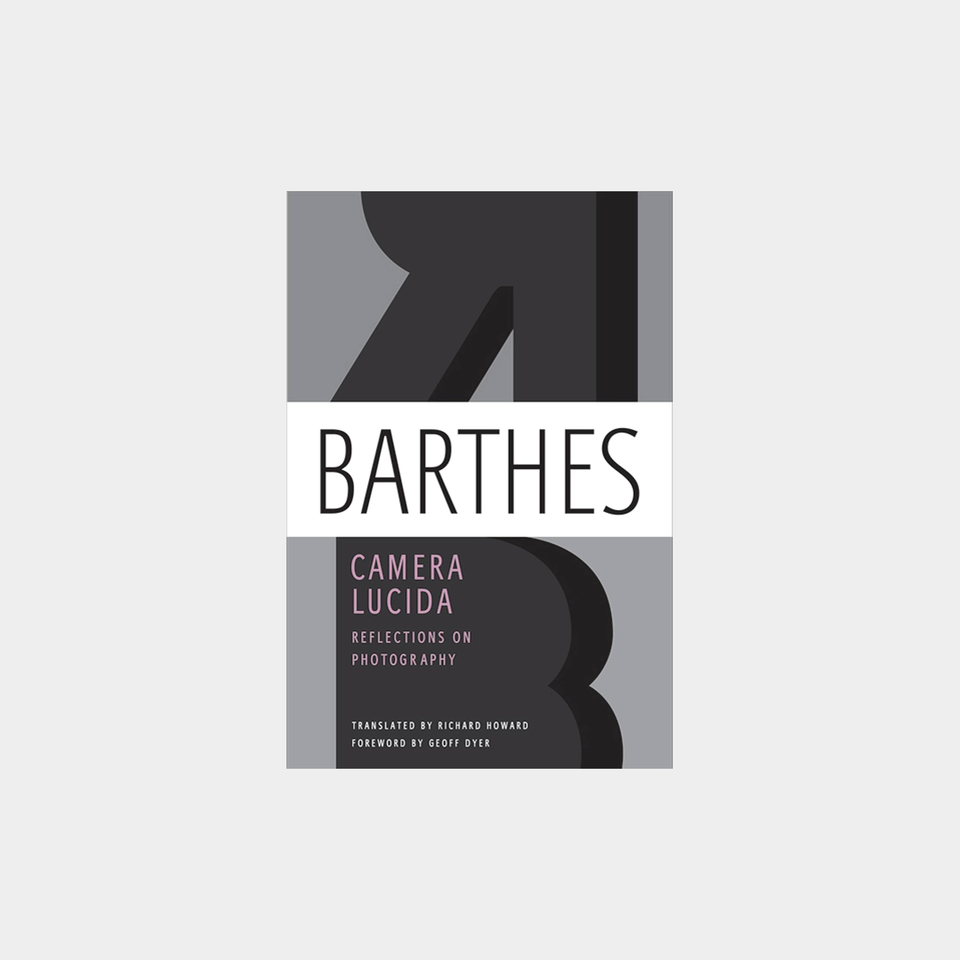Commenting on artists such as Avedon, Clifford, Mapplethorpe, and Nadar, Barthes presents photography as being outside the codes of language or culture, acting on the body as much as on the mind, and rendering death and loss more acutely than any other medium.
*The above link is an affiliate link. When you purchase through our affiliate links, we earn a small commission at no extra cost to you. Thanks for your support! Learn more
NEC's view
Roland Barthes approaches photographs not as technical objects but as emotional ones, asking what they awaken in us and how they connect to memory, time, and loss.
What we love most is how he makes the personal inseparable from the theoretical. His distinction between the studium (the cultural, historical, or informational content of a photo) and the punctum (the small, piercing detail that wounds or touches us) gave us language for something we had always felt but couldn’t name.
At its heart, the book is about mourning as much as about photography. Barthes writes through the death of his mother, and that intimacy makes the book unlike anything else in the field. It is rigorous and philosophical, but also tender and vulnerable.
For us, Camera Lucida remains a reminder that photographs are never just images. They are encounters with time, with memory, and with the fragile presence of others.










